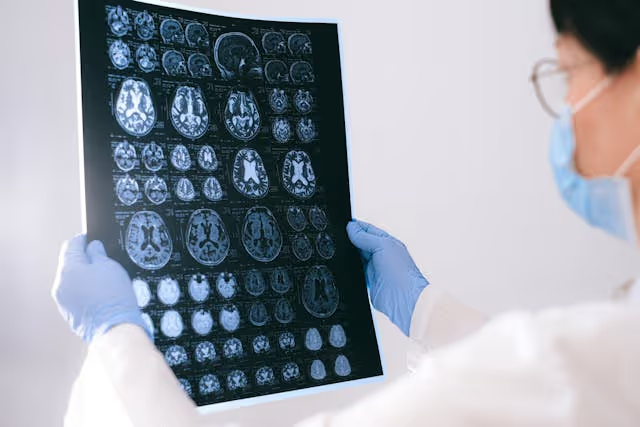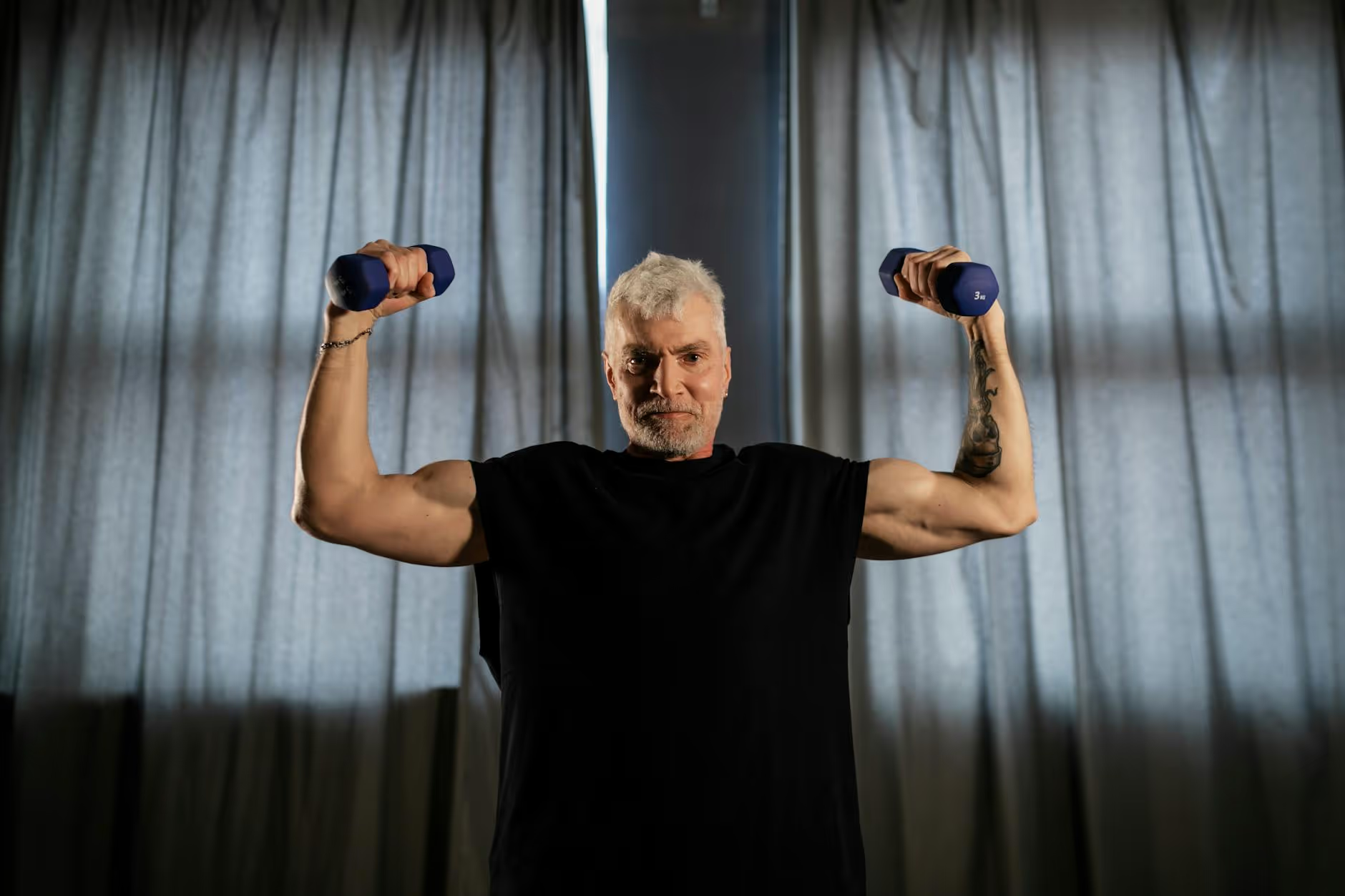What to Expect from a Short-Term Rehabilitation Stay
April 21, 2025
A Guide to Navigating Your Short-Term Rehab Experience

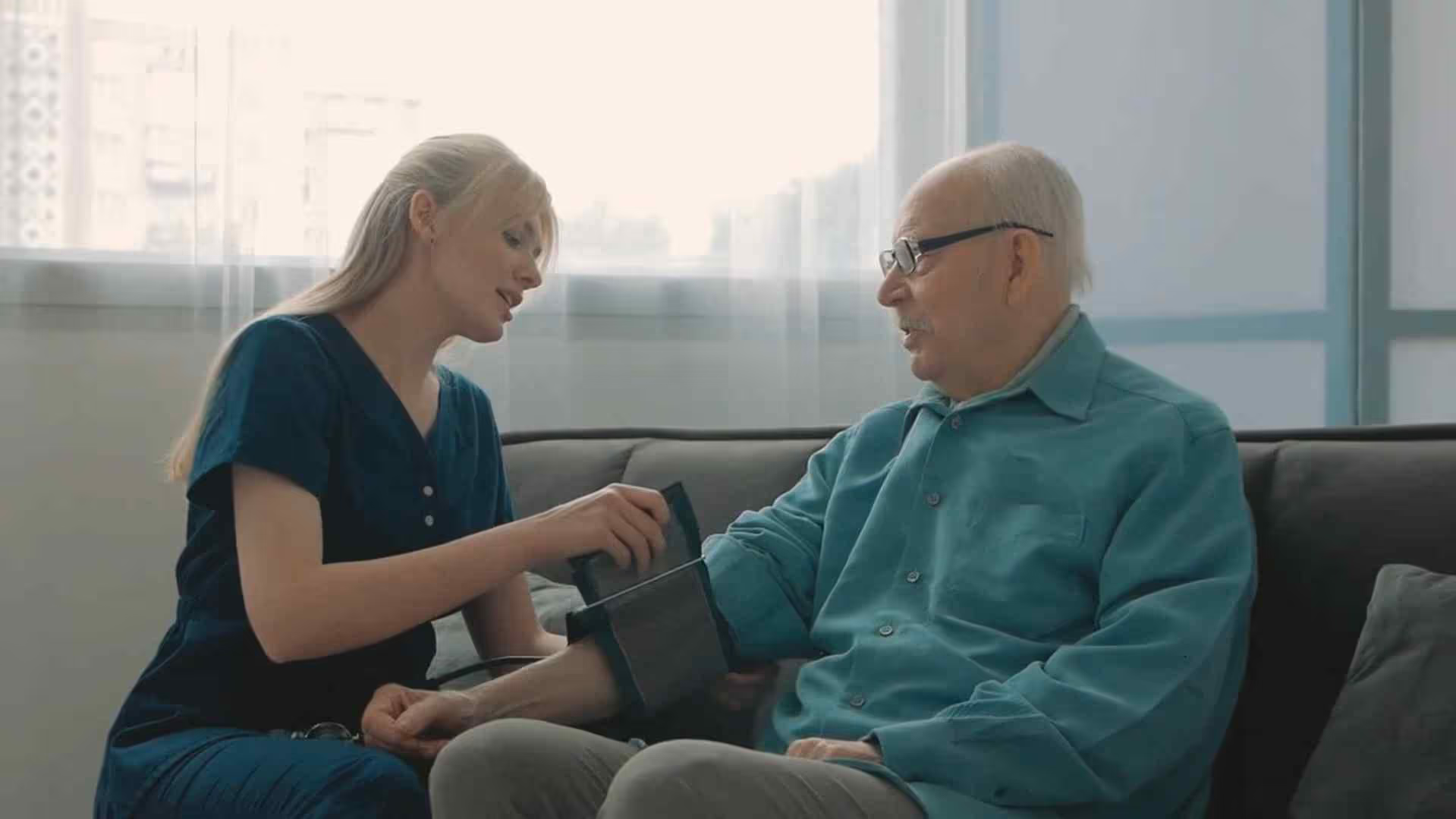
Understanding Your Short-Term Rehab Journey
Short-term rehabilitation serves as a bridge towards recovery, providing essential medical and therapeutic support after surgery, illness, or injury. This guide is designed to help you understand what to expect during your stay, how to prepare, and the goals and benefits of the program. With tailored plans and a focus on regaining independence, short-term rehab is a vital component for those looking to return to their everyday life.
Preparing for Your Rehab Stay

What items to pack for comfort
Packing thoughtfully can greatly enhance your experience during a short-term rehab stay. Bring comfortable clothing that is easy to put on and take off, as this will help you feel more at home. Personal items like toiletries, books, or photos can also offer comfort during recovery. Don't forget to pack any medical supplies you may need, such as hearing aids or glasses.
Questions to ask your doctor before admission
Before your rehabilitation stay, it's important to clarify any doubts regarding your treatment. Here are some questions to consider asking your doctor:
- What will my rehabilitation plan look like?
- How long can I expect my stay to be?
- Are there specific therapies I should prepare for?
- What should I do if I experience discomfort during rehab? These inquiries can help alleviate anxiety and set clear expectations for your recovery process.
Initial steps upon arrival
Upon reaching the rehab facility, patients are typically greeted with warmth and compassion. The check-in process is supported by staff who guide you through administrative tasks and introduce you to your care team, creating a welcoming atmosphere. Initial evaluations will take place to develop your personalized care plan, setting the tone for focused recovery.
Duration and Expectations of Short-Term Rehab

How long do people typically stay in short-term rehabilitation?
Short-term rehabilitation typically lasts between 3 and 100 days, with the average stay for most patients ranging from 14 to 30 days. This timeframe is designed to provide sufficient therapy and recovery time following surgeries, injuries, or serious illnesses. The exact duration of the stay can vary based on individual recovery needs and the severity of the condition being treated.
Therapies and activities involved
Throughout their stay, patients engage in various therapeutic activities tailored to their recovery goals. Common therapies include:
- Physical Therapy: Aimed at improving mobility, strength, and coordination post-injury or surgery.
- Occupational Therapy: Helps patients regain skills necessary for daily living activities.
- Speech Therapy: Focuses on enhancing communication skills and cognitive recovery, especially after strokes or neurological impairments.
Additionally, therapy sessions may involve:**
- Group activities for social engagement.
- Nutrition planning to ensure balanced meals that support healing.
Factors influencing the length of stay
The length of stay in short-term rehab is influenced by several factors, including:
- Individual Condition: Patients recovering from severe surgeries may require a longer stay compared to those with minor injuries.
- Therapy Progress: Ongoing evaluations help determine if a patient meets their recovery goals, impacting discharge readiness.
- Support Systems at Home: Safety concerns or lack of caregiver availability can prolong the duration, as a thorough assessment ensures a safe transition for the patient.
Core Goals of Short-Term Rehabilitation

What are the goals of short-term rehabilitation?
The primary goals of short-term rehabilitation revolve around facilitating optimal recovery after an injury or surgery. This includes restoring functional independence in daily activities, enabling patients to regain autonomy in their lives.
Specific functional independence targets
Each patient's rehabilitation journey is personalized, focusing on specific functional targets tailored to individual recovery needs. For instance, a patient recovering from hip surgery may work on walking again, while someone who suffered a stroke may focus on relearning speech and movement.
Role of multidisciplinary teams
An effective rehabilitation process involves a collaborative approach. A multidisciplinary team, including physical therapists, occupational therapists, and speech-language pathologists, works together to design and adjust treatment plans. This cooperative environment ensures comprehensive care that addresses all aspects of recovery.
Individualized therapy approaches
Therapy sessions are individualized, targeting personal goals and incorporating strategies for long-term self-management. This empowers patients with the skills necessary to manage their conditions effectively after discharge, contributing to sustained recovery and independence.
Therapies and Care Provided

Different types of therapies offered
Short-term rehabilitation encompasses various therapeutic services designed to facilitate recovery from illnesses, injuries, and surgeries. Common treatment modalities include:
- Physical Therapy: Aims to restore strength and mobility, particularly after surgeries like hip or knee replacements.
- Occupational Therapy: Focuses on helping patients regain the ability to perform daily activities independently.
- Speech Therapy: Essential for individuals recovering their communication skills after strokes or surgeries that affect speech.
- Neuromuscular Rehabilitation: Helps those retraining their bodies to meet everyday demands, improving muscle strength and reflexes.
- Cardiac and Pulmonary Care: Tailored for patients with heart conditions or those recovering from respiratory illnesses.
Roles of healthcare professionals involved
An interdisciplinary care team is integral to the success of short-term rehab. Key team members include:
- Physical and Occupational Therapists: Provide specialized hands-on therapy.
- Nurses: Monitor patient health and assist with daily needs.
- Dietitians: Ensure proper nutrition tailored to specific health requirements.
- Social Workers: Offer emotional support and help with discharge planning.
Focus on comprehensive care
The goal of short-term rehab is to foster a supportive environment that enables patients to regain independence. With personalized care plans, each patient receives tailored therapies and ongoing monitoring to address their unique recovery needs. Engaging in daily activities and receiving emotional and psychological support enhances motivation and recovery. \nThrough collaborative efforts among care professionals, patients are empowered to actively participate in their recovery journey.
The Rehabilitation Process and Environment
Daily routines and social engagement
Daily life in short-term rehabilitation centers is structured to support recovery through various therapy sessions. Patients typically engage in physical therapy to build strength and mobility, while occupational therapy focuses on regaining the ability to perform daily activities. If needed, speech therapy is also part of the routine to help with communication skills.
Social engagement plays an important role in recovery. Facilities offer group activities and recreational sessions to encourage interaction among patients. Additionally, family visitation opportunities help maintain connections, promoting emotional well-being during rehabilitation.
Accommodations and amenities
Upon arrival, patients are settled into comfortable private or semi-private rooms, ensuring a supportive environment. Rehabilitation centers usually provide nutritious meals tailored to individual health needs, such as low-sodium or dietary-friendly options.
Facilities often include amenities like free Wi-Fi and organized social activities, further enhancing the recovery experience. Patients can familiarize themselves with the therapy gym, which is typically introduced during the check-in process, ensuring they feel comfortable in their new surroundings.
Emotional support during recovery
Emotional and psychological support is crucial throughout the rehabilitation process. Patients may experience anxiety and stress related to their recovery, and healthcare professionals are trained to assist in coping strategies.
Interdisciplinary teams also involve family in discussions about ongoing care needs, fostering reassurance and encouraging shared decision-making. By keeping patients engaged and informed, centers aim to create a healthier recovery atmosphere.
Planning for Discharge and Aftercare

Creating a post-discharge plan
Upon nearing the end of a short-term rehabilitation stay, a comprehensive post-discharge plan is developed in collaboration with the care coordination team. This plan outlines essential follow-up appointments, medications, and suggested home modifications to enhance recovery. It ensures that patients have specific exercises or therapy sessions to continue at home, supporting their ongoing recovery process.
Home safety and exercise programs
Home safety assessments are vital to prevent accidents as patients transition back to their living environments. Recommendations may include modifications like grab bars, removal of trip hazards, or the use of mobility aids. Additionally, exercise programs are tailored to patients’ individual needs, helping them maintain strength and mobility gained during rehab.
Family involvement and ongoing care
Family members play a crucial role in the rehabilitation journey. Educating them on the patient's care needs and involving them in exercise routines fosters a supportive environment at home. Continuous communication with healthcare providers ensures families are equipped to assist with care, adjustments, and any concerns that arise post-discharge.
Is rehabilitation effective in the short term?
Short-term rehabilitation is a crucial aspect of the recovery process. These programs improve mobility, strength, and flexibility, aiming for a swift and safe return to daily activities or work.
| Key Topics | Description | Importance |
|---|---|---|
| Post-discharge plan | Outlines follow-up care, medications, and exercises at home | Ensures continuity in recovery |
| Home safety | Recommendations to prevent falls and accidents | Facilitates a safer return home |
| Family involvement | Engaging family in care and exercises to support recovery | Empowers patients and strengthens emotional support |
Your Path to Recovery
Short-term rehabilitation is an empowering journey that equips patients with the skills and strength needed to resume their daily lives post-hospitalization. With the right preparation, understanding of what to expect, and engagement in the process, rehabilitation can maximize recovery outcomes and minimize the need for long-term care. As you conclude your stay, remember the importance of adhering to your post-rehab plan for continued success at home.
References
- What to Expect During Short Term Rehabilitation - Methodist Home
- Is Short-Term Rehabilitation Necessary? Here's Everything You ...
- Short-Term Rehabilitation Stay: What to Expect - Heisinger Bluffs
- After Hospital Care: Skilled Nursing Facilities or Short-Term Rehab
- Preparing for a Short-Term Therapy Stay: What to Expect
- Planning Your Short-Term Rehabilitation Stay
- When Short Term Rehab Becomes A Long Term Stay
- FAQ's: What You Should Know about Short-Term Rehab - Masonicare






































































































.jpeg)
























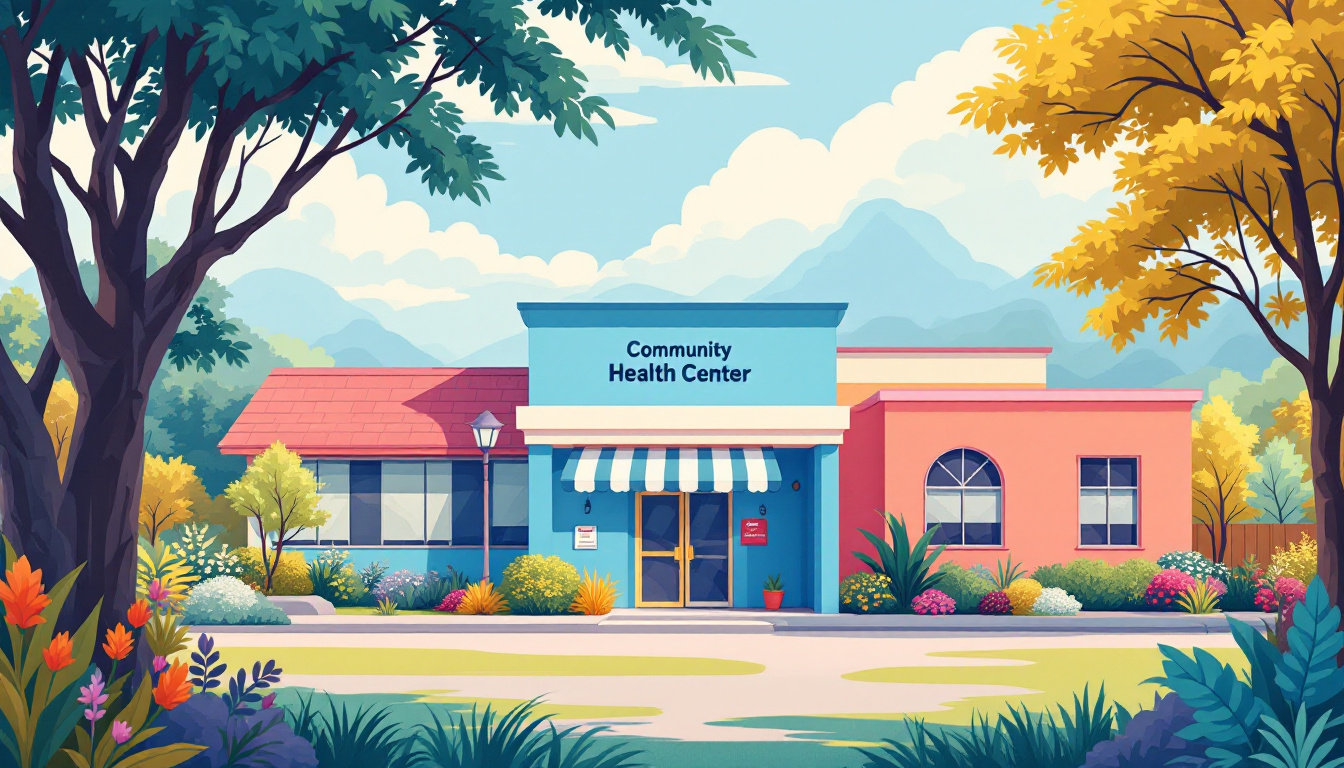


















































































































































































.avif)























































.jpeg)

































































.jpeg)














.jpg)









































.jpeg)



























































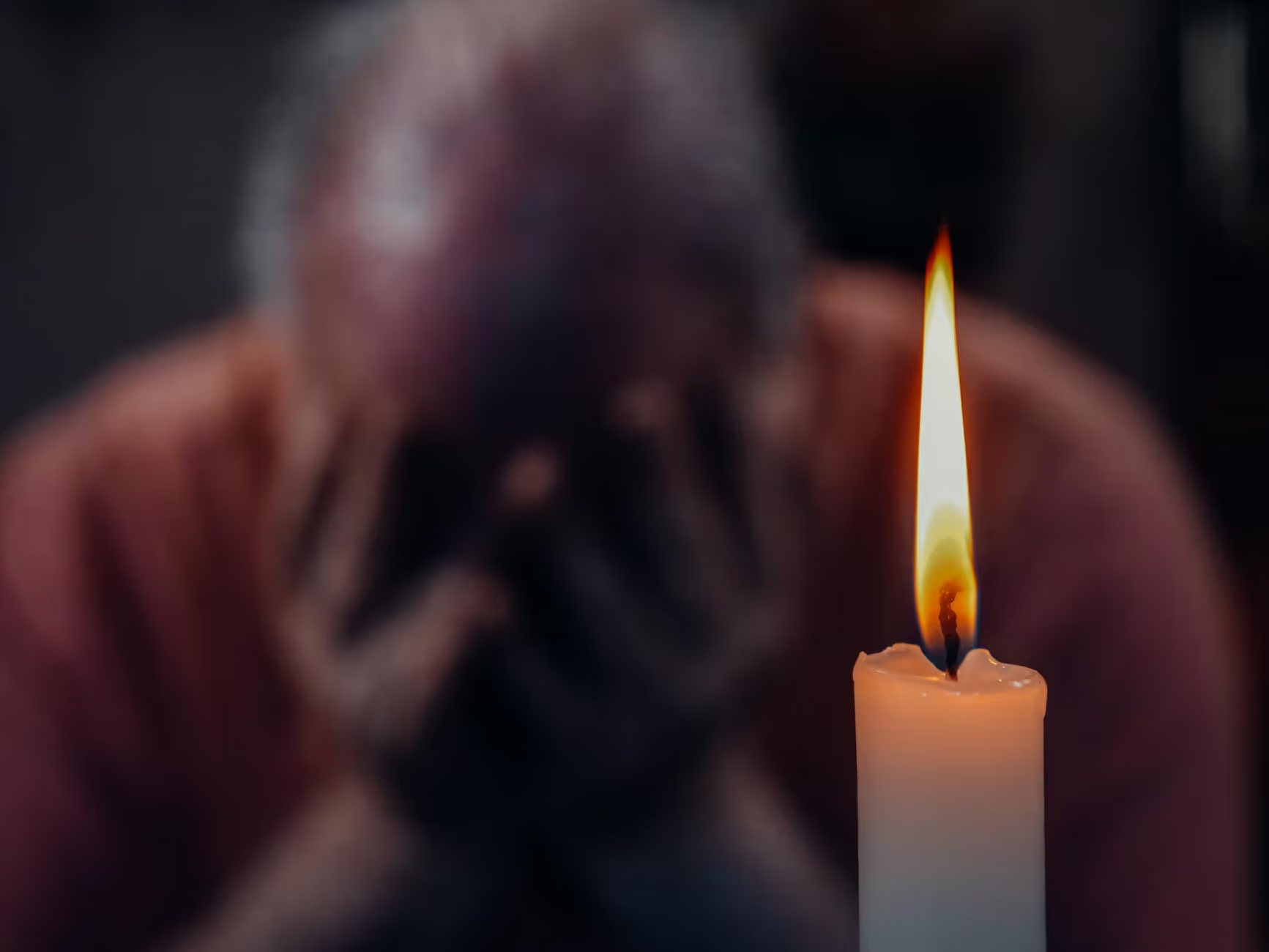













.avif)




.avif)



